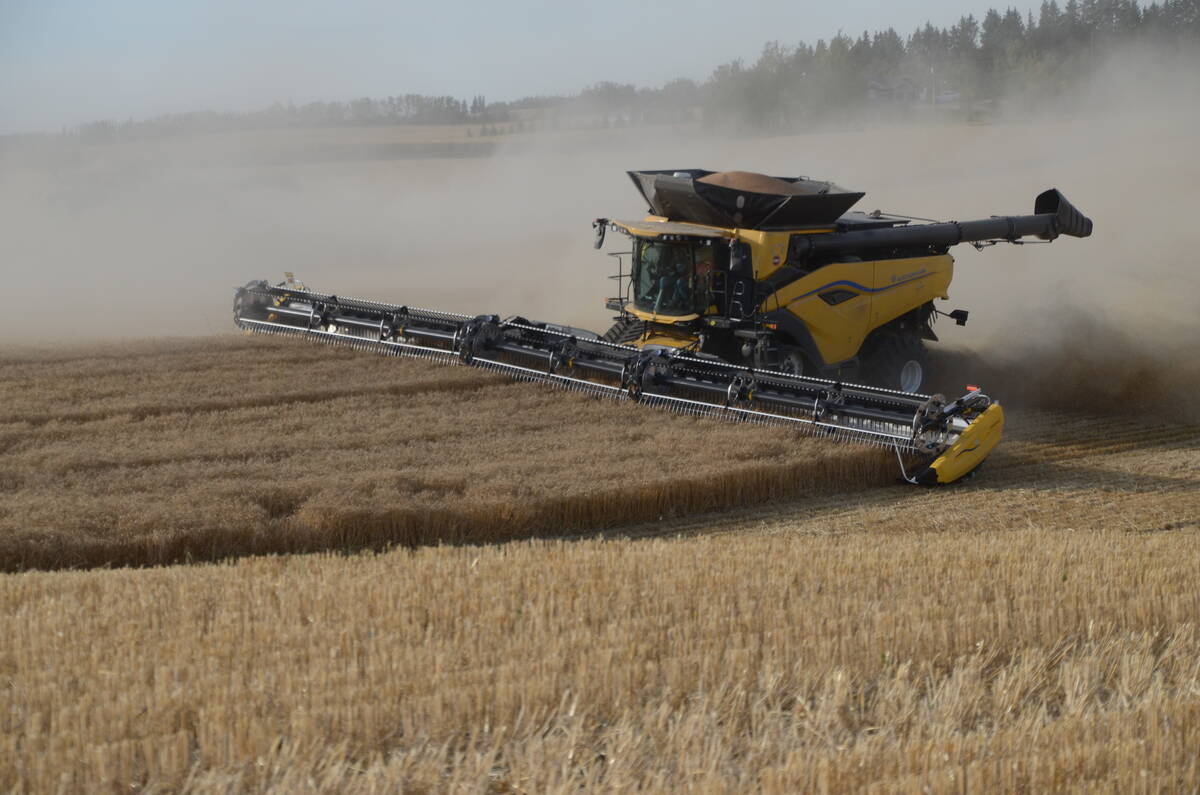If pigs from a litter were like peas in a pod, raising hogs would be easy.
But because they grow to market weight at different rates, it can be difficult to decide when to close an all-in, all-out feeder barn, said John Deen, a swine researcher and veterinarian with North Carolina State University.
Deen spoke to hog producers and barn managers at a recent seminar organized by International Pigletter.
Traditionally, producers have relied on the often inaccurate technique of using pigs’ appearance to decide when to sell them, said Deen.
Read Also

Grain farming on solid financial ground: Farm Credit Canada
There may be situations are farmers are stretched financially, but overall the industry is healthy, says FCC
But weighing each pig in a barn weekly and marketing those that reach target weight can be time-consuming.
Deen estimated 95 percent of the hog industry doesn’t weigh pigs as they come out of the barn because the possible added returns wouldn’t cover the labor required.
Often, operations use previous history of weights to determine when hogs are ready to market.
Or, they take the first load of pigs at a pre-set time: 14 weeks, for example.
If the load weighs light or heavy at the packers, producers can estimate the weight of pigs left in the barn, and adjust the timing for subsequent loads.
Deen said hogs left behind don’t eat as much for three or four days after some are taken out of the barn, as they sort out a new social order in the pen.
A rough guide is to leave at least 10 days between sorting out pigs for market, he said.
Deen suggested producers collect data about the growth progress of their hogs by sampling weights in the barn.
He has been able to get reasonable random samples by weighing one pig from each pen in the barn. Deen takes the first pigs out of the gate to remove bias from the system.
Deen admitted his techniques make statisticians shudder.
“Sampling is something that most people are very uncomfortable with when we first introduce it,” he said.
Once producers have measured what’s actually going on in the barn, they can make projections about when groups of hogs will be ready to market.
Deen said producers can create a “grow-out schedule” similar to what’s used in the broiler industry.
“In our systems, truckers rule,” he said, explaining it’s hard to get truckers to change their schedules.
Trucking costs for three-site production in North Carolina are about $7 to $8 (Cdn) per pig, said Deen.
That’s about half of trucking costs in Canada, where trucks are smaller, labor is more expensive and snow may hamper travel.
Market prices, fixed costs and seasonal issues decide when to close out a barn, said Deen.
When prices are high, producers often can’t afford to let the slower-growing pigs reach market weight.
In some operations, “quality control” barns for light pigs might make sense, he said.
Deen and a team of researchers from Prince Edward Island, New Zealand and Holland have developed software to help producers decide when to close out barns.
It should be available in Western Canada in August.














